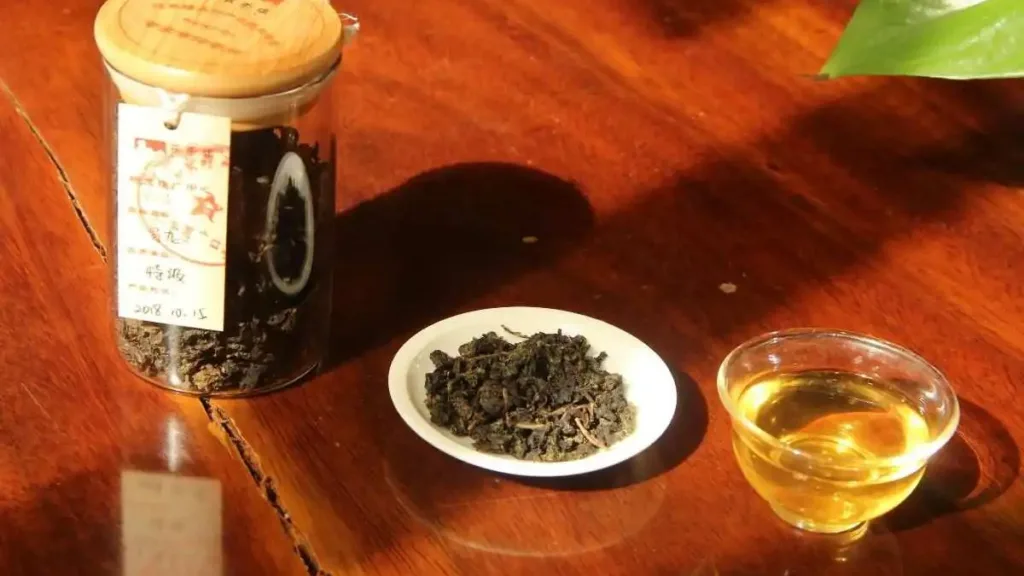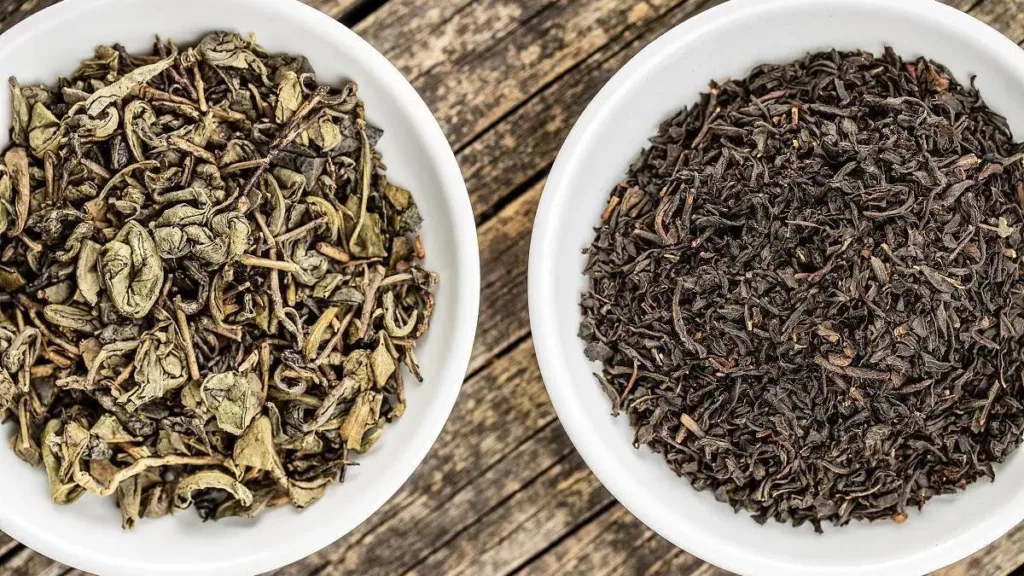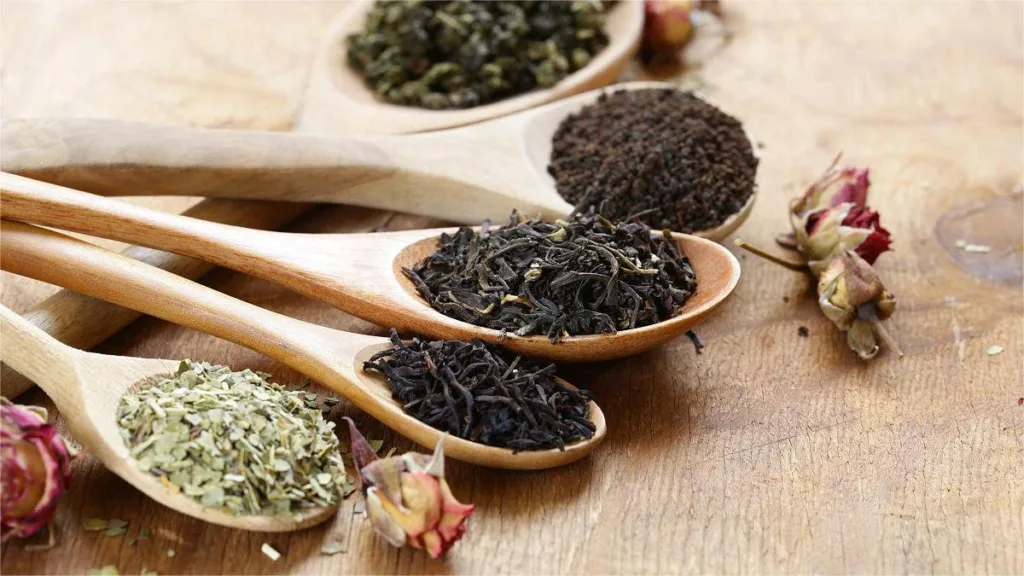Chinese people pay careful attention to the variety of tea they drink for a multitude of reasons, each linked to the unique characteristics and health benefits associated with different types of tea. This attention to tea diversity reflects the rich tradition and culture surrounding tea consumption in China. Here’s an exploration of why they do so:
Green Tea Prevents Cancer:
Green tea is one of the most widely consumed types of tea in China. It is produced across the country, with famous varieties like Xinyang Maojian, West Lake Longjing, Huangshan Maofeng, and Biluochun. Green tea is unoxidized, which means it retains the natural compounds found in fresh tea leaves, such as tea polyphenols, catechins, chlorophyll, caffeine, amino acids, and vitamins. Green tea is particularly well-known for its strong antioxidant properties and its potential in cancer prevention. It is considered “cool” in traditional Chinese medicine, making it suitable for individuals with excess heat in their bodies.
Yellow Tea Aids Digestion:
Yellow tea undergoes a slight fermentation process. It includes varieties like Mengding Yellow Buds, Junshan Silver Needle, and Huoshan Yellow Buds. Yellow tea is characterized by its yellow leaves, yellow liquor, and a pleasant aroma. It also aids digestion due to the production of digestive enzymes during brewing. It’s considered suitable for almost everyone.
Black Tea Warm Stomache:
Black tea is fully oxidized and forms various theaflavins and thearubigins during processing. It’s known for its positive effects on the heart and digestive system. In traditional Chinese medicine, it’s considered “warming” and is believed to be beneficial for the heart and spleen.
Dark Tea Lower Blood Lipids:
Dark tea is produced mainly in regions like Hunan, Hubei, Sichuan, Yunnan, and Guangxi. It is often consumed by ethnic minority groups in border regions to aid digestion due to their predominantly meat-based diets. Dark tea is rich in vitamins, minerals, proteins, amino acids, and carbohydrates. It has strong properties to help break down fats, improve gut microbiota, and promote digestive health. It’s also known for its potential to lower blood lipids, blood pressure, and aid in weight loss.
White Tea Reduce Inflammation:
White tea, especially from Fuding and Zhenghe, is valued for its delicate flavors. It is rich in flavonoids, particularly epicatechins, which have a hepatoprotective effect, making it beneficial for liver health. White tea is believed to reduce the damage caused by excessive alcohol consumption and promote liver recovery. It’s also known for its ability to detoxify, reduce inflammation, and have anti-aging effects.
Oolong Tea Lowers Cholesterol Levels:
Oolong tea is widespread in Fujian, Guangdong, and Taiwan. It’s a semi-oxidized tea with a diverse range of flavors. Oolong tea contains tannins, which are associated with the metabolism of fats in the body. It has been studied for its potential to lower cholesterol levels and is often appreciated for its role in weight management. Oolong tea is considered “neutral” and can help clear internal heat, making it suitable for autumn consumption.
In summary, Chinese people’s attention to the variety of tea they drink is deeply rooted in the belief that different types of tea offer unique health benefits and cater to different body constitutions. This diverse array of tea choices reflects the profound cultural and medicinal significance of tea in Chinese society. The choice of tea is often made not only for its flavor but also for its perceived effects on well-being, making tea a central part of Chinese daily life and traditions.



